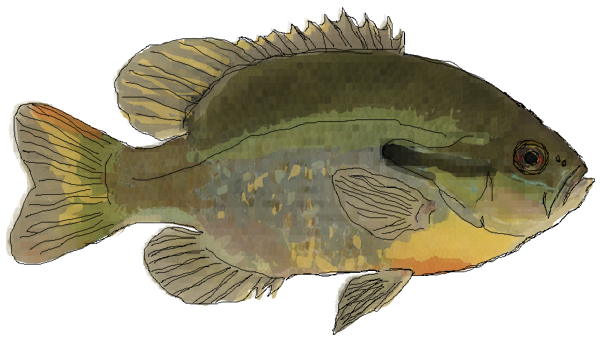Last week, I was considering different solutions for altering the conditions of play and mood in my game. Pippin suggested that I use attributes, which can save certain information across scenes and across play sessions. What I decided to do is create different scenes and make them virtually identical to the initial scene, the only differences being the mood music and anything that I choose to add to increase the atmosphere of either euphoria or fear. I realized that it doesn’t even matter if you can play Tic-Tac-Toe in those versions of the scenes as long as the countdown is consistent across them and so is the number of games won. That seems doable.
However, after I duplicated the scenes and the code and made sure that code was pointing to all the right objects within the world, I somehow broke the other scenes (which means that really, they weren’t working in the first place). In the first instance, the console no longer appears even though I have visually placed it in the environment as an actor. Also, I am unable to move the actor that is supposed to move the camera around the level. The other level has the same problem, but compounded: neither the inflator nor the console show up in this level.
I’m going to debug by enabling and disabling parts of the code and seeing what I can do. Not looking forward to this! But that’s all part of the process, right? Then again, so long as I can get the camera to move, I am thinking that perhaps there’s a certain logic to not having those elements in those levels.
By the logic of the game, a euphoric person thinks that there’s nothing wrong in the world, and wouldn’t be concerned about readings on their console that say that they only have so much air left, or are at a certain depth. Similarly, in the “fear” level, the loss of the inflator could be considered a kind of loss of control over the player’s circumstances. But I still want to figure out what’s wrong. If I end up leaving them in, I want it to be intentional, not because I couldn’t figure out how to fix it.
I’m also getting very close to the point where I can no longer put off adding Tic-Tac-Toe to the game because a lot of things (like testing that score stays consistent…unless I want to program artificial scoring conditions) will only be able to be properly tested once I do that.
The rest of my work will involve adding more and more – Tic-Tac-Toe is the last absolutely essential element. That means more crazy euphoric animations of dancing fish (I have decided that this needs to be a thing in my game), more flashing lights, more bizarre decal-style photoshop brush effects appearing in level, more ominous things like perhaps dead fish floating around…More camera shake!
Please enjoy this picture of a fish. More soon.

UPDATE: I appear to have fixed the motion problem (I just had the actor’s speed set too slow) but apparently my sound is creating some of my bugs.

